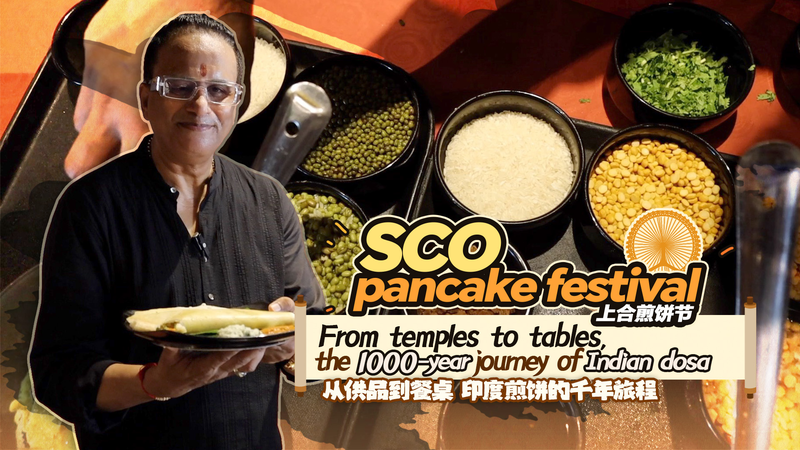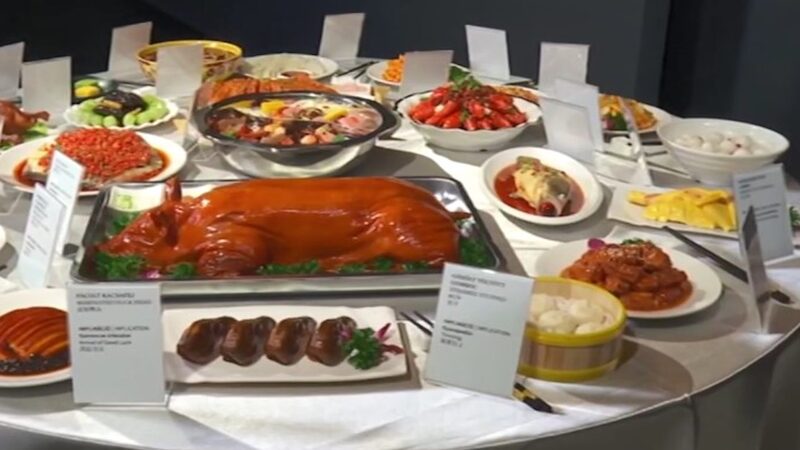In the bustling kitchens of South India, a culinary legend unfolds daily – the making of dosa, the crispy fermented crepe that has nourished generations. What began as temple offerings 1,000 years ago now graces breakfast tables worldwide, embodying India’s rich cultural tapestry.
Sacred Origins, Global Presence
Raja Gopal Iyer, hotel CEO and lifelong food chronicler, traces the dosa’s evolution: "Temple priests first prepared these golden discs as prasadam (divine offering). As trade routes expanded, so did the recipe’s reach." Today, over 50 regional variations exist – from paper-thin settu dosa to cheese-stuffed street food versions.
A Living Tradition
At his Chennai home, Iyer demonstrates the art: "The perfect batter balance – urad dal and rice fermented overnight – connects us to ancestral wisdom." His rhythmic pouring technique transforms liquid batter into lace-like crisps within seconds, accompanied by the signature sizzle that evokes childhood memories for millions.
Cultural Ambassador on a Plate
With Indian diaspora communities driving its global popularity, the dosa has become edible heritage. Food historians note its appearance in 7th-century Tamil literature, while modern chefs experiment with quinoa and chocolate versions. Yet for most Indians, its true magic lies in preserving continuity – one golden, steaming plate at a time.
Reference(s):
From temples to tables, the 1000-year journey of Indian dosa
cgtn.com








